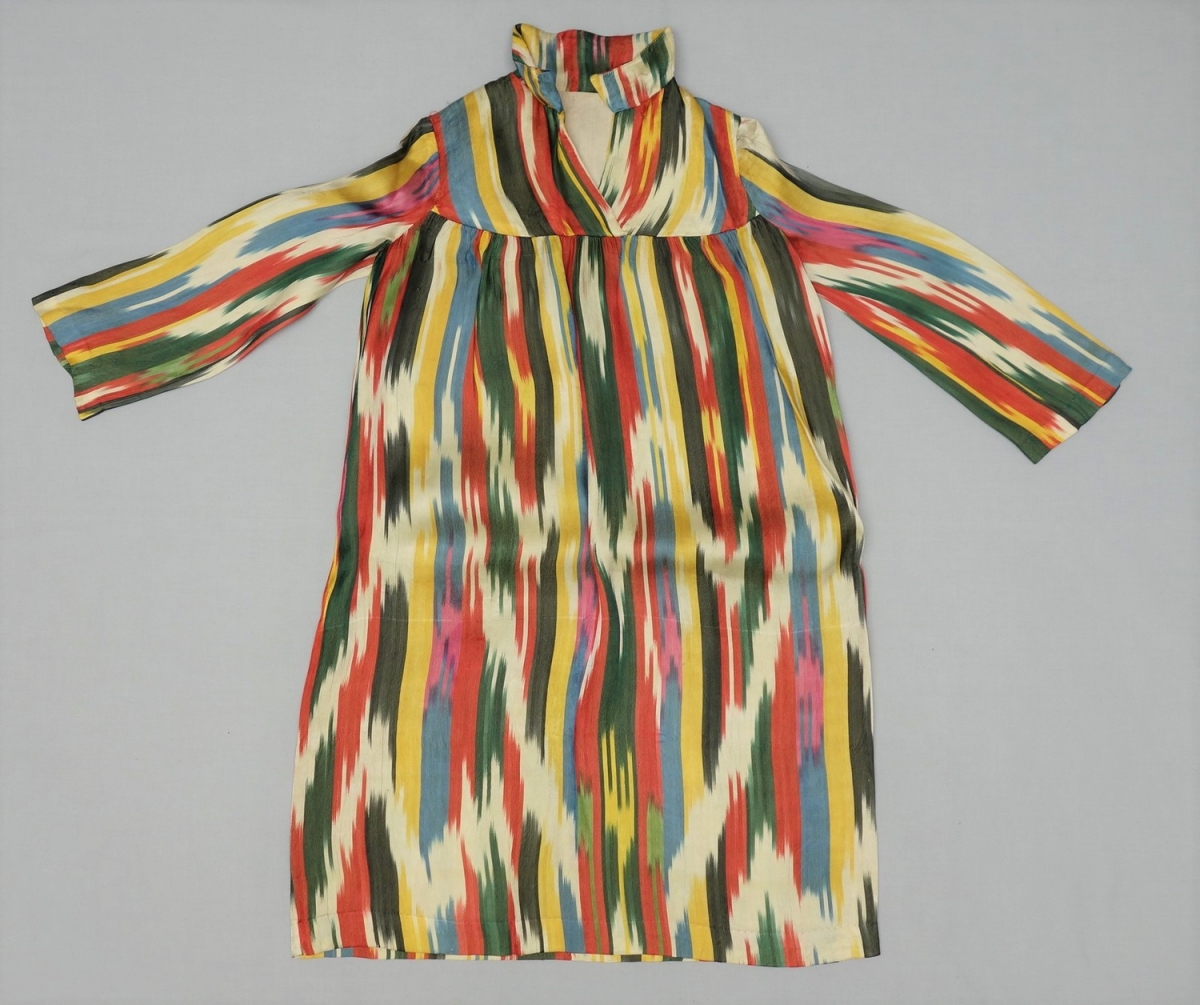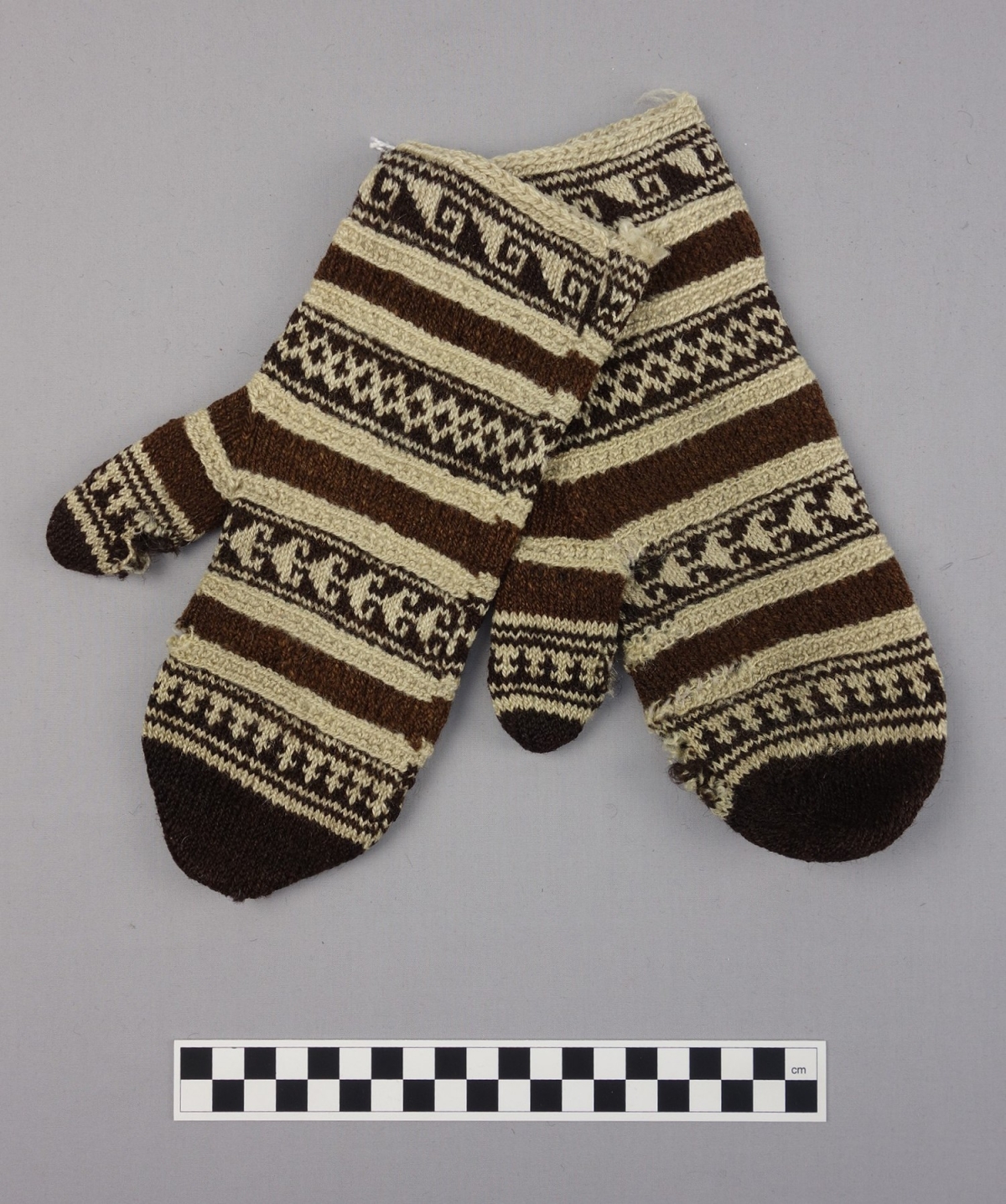Dressing The Stans
Dressing the 'Stans': Textiles, dress and jewellery from Central Asia
The present online exhibition is based on a 'real' display that is on show at the Textile Research Centre from 12th September until 22nd December 2017. It was organised as part of the 2017 Asia Year celebrations in Leiden, and the official opening of the Asia Library of Leiden University on 14th September. The exhibition shows a fascinating and colourful display of textiles, dress and jewellery from Central Asia: these are the so-called ‘Stans’ (‘Land of…’), namely Afghanistan, Kazakhstan, Kyrgyzstan, Tajikistan, Turkmenistan and Uzbekistan.
The exhibition includes traditional textiles, garments and accessories for men, women and children, from all parts of this vast and relatively unknown part of the world. The objects on display include ikats, velvets and embroideries from the ‘Stans’ in general. But there are also more specific items, such as Afghan chapans (the type of coat made famous by ex-President Hamid Karzai, and which he wore during his visit to Leiden in 2008), buzkashi apparel (used in the "goat-grabbing" game of Central Asia) , as well as hunting hoods and cloths, used to 'hide' the hunter from his prey. From Uzbekistan there will be examples of the famous suzani embroideries and ikat dresses and coats. All of these objects are talken from the extensive TRC collection, which currently (September 2017) holds more than 17000 items.
An important element of the exhibition is a beautiful collection of ethnic jewellery from among the Turkmen of Afghanistan, on special loan from May and Rolando Schinasi, who lived and worked in Afghanistan for many years prior to the start of the civil war in 1978.
The exhibition has been sponsored by the Leiden University Central Asia Initiative.
The actual exhibition is available for loan by other museums and institutions. Click here for more information about the package.
For this online exhibition:
- Author: Gillian Vogelsang-Eastwood
- Web-design: Joost Koopman
- Exhibition design: Willlem Vogelsang
- Publisher: TRC Leiden.
- Year of publication: 2017
- Copyright: All illustrations of objects housed in the TRC collection can be used free of charge, but please add to the caption: "Courtesy Textile Research Centre, Leiden" and the pertinent accession number of the object.












